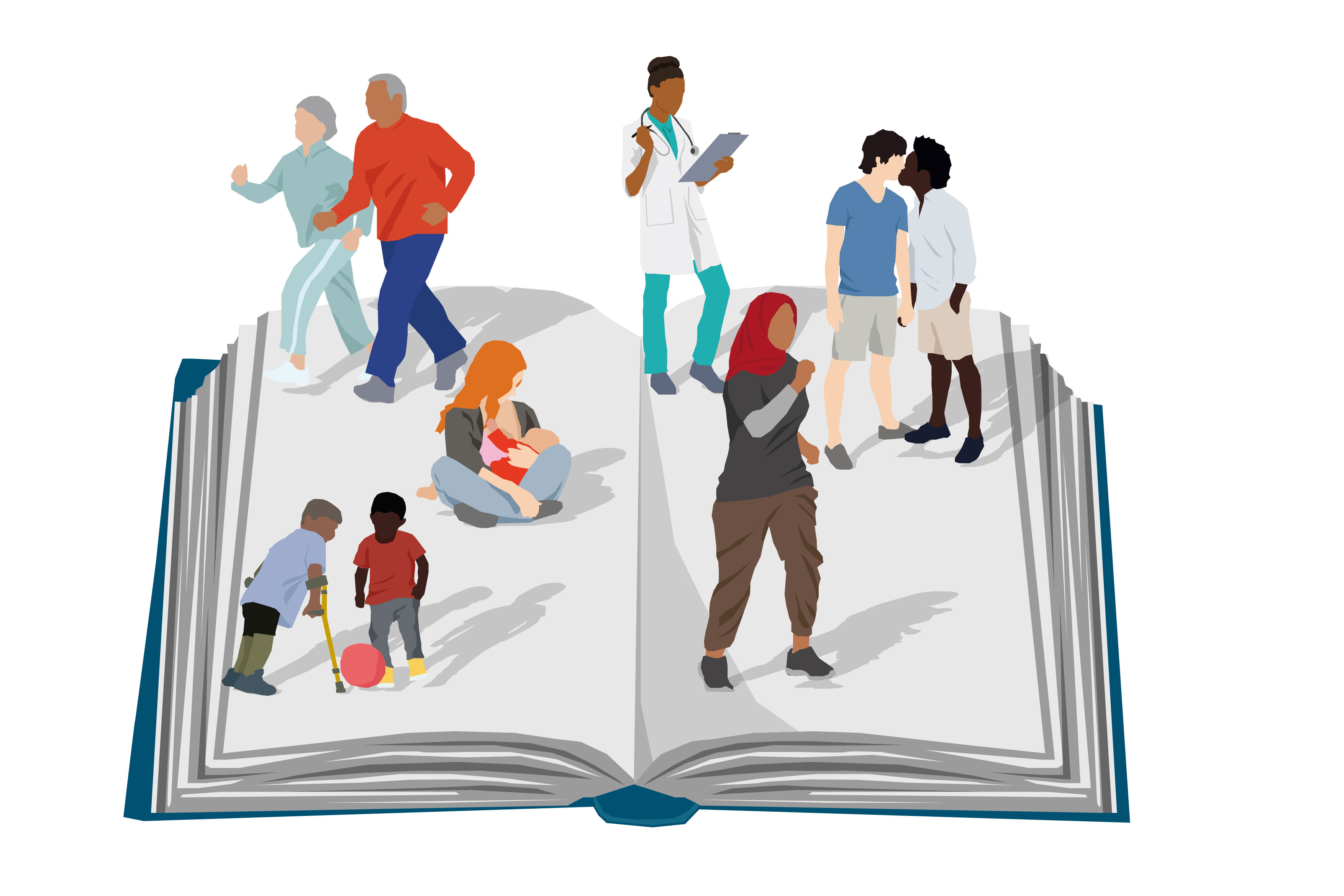#{Title}
#{Copy}

Holistic, inclusive design starts with initial sketches or drawings. In the built environment, the people used in illustrations are essential in communicating the narrative or story of the space being designed. However, due to time constraints, lack of good resources, a force of habit, or unconscious biases, designers may often find themselves placing people in spaces without too much thought. As a result, it can become easy to tell stereotypical stories by default.
Designers and creative thinkers are therefore in the unique position to challenge what stories we choose to tell. Yet, creating purposeful, inclusive imagery requires conscious effort – and many don’t know where or how to begin.
To help encourage this change, in 2022 BDP’s specialist inclusive design consultancy, Human Space and BDP Belonging (our equity, diversity, and inclusion network) collaborated to create a best practice guide to provide our designers with direction on how to create more thoughtful and diverse images that are representative of the communities we design for.
This year, we are happy to share our full External Guidance for Inclusive Visualisations, for designers across the built environment to use freely, and to help critically examine how they can tell inclusive stories within visualisations, illustrations, and graphics.
The idea of designing inclusive, responsible, and resilient spaces has been part of our ethos since the inception of the practice in 1961. The creation of the People Library and its accompanying guidance document is just one of the recent examples in which the people at BDP have taken the first steps to driving positive change within our practice. By sharing the guidance document with the wider industry, we hope to prompt our contemporaries to question the inclusivity in their designs, update their available libraries, and perhaps even share the steps that they have taken to foster a culture of creative, people-centred design.